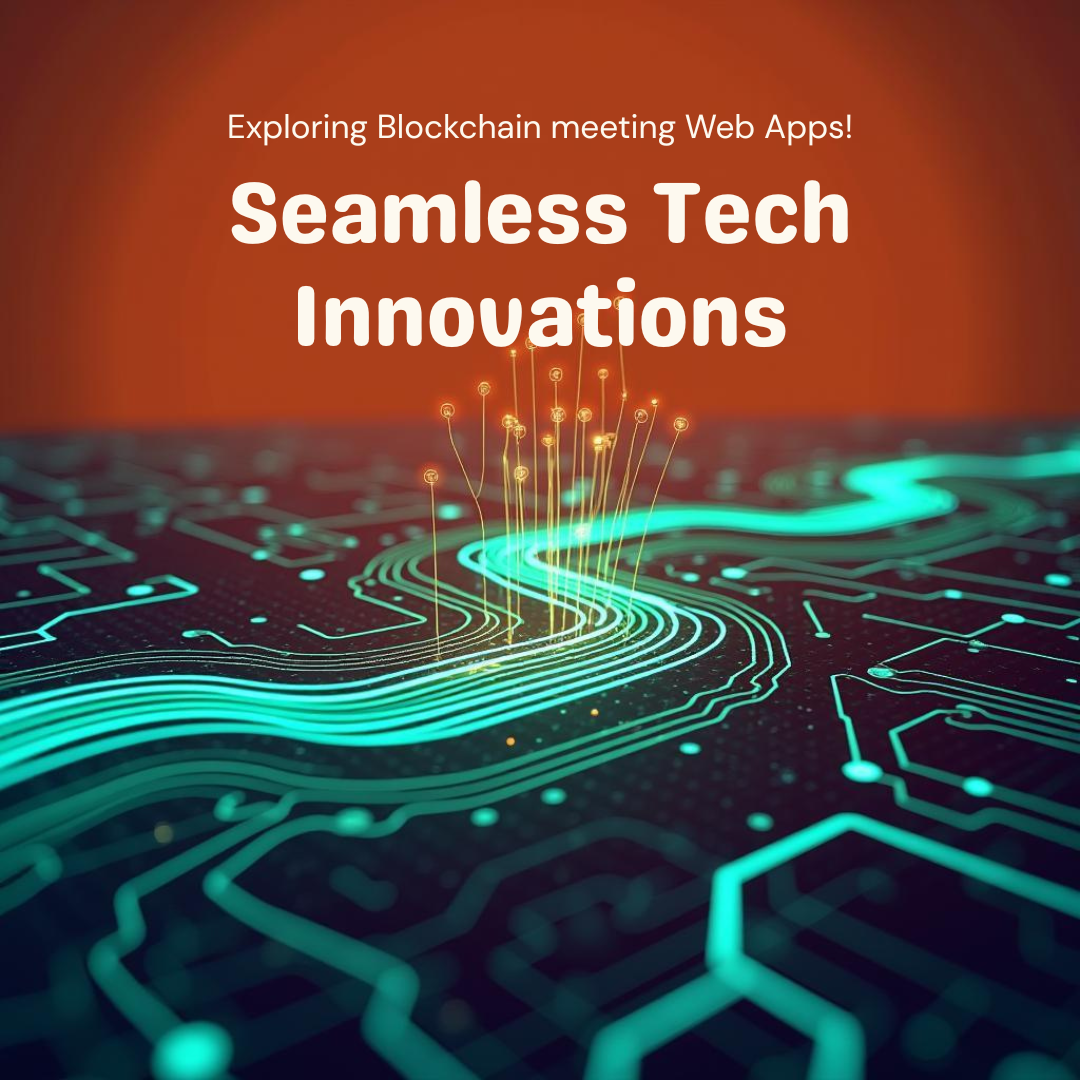
Discover how blockchain integration with regular web apps is transforming payments, security, digital ownership, and supply chains. Explore the future of Web 2.5 and Web 3.0.
Introduction
The internet is evolving at lightning speed. While Web2 applications (like e-commerce platforms, banking apps, and social media) dominate today, Web3 technologies built on blockchain are rewriting the rules of trust, ownership, and decentralization.
But what happens when blockchain-based applications integrate seamlessly with regular web apps? The answer: a new era of the internet—smarter, safer, and user-owned.
Login Without Passwords – The Rise of Decentralized Identity
Traditional logins rely on emails and passwords, making them prone to hacking. Blockchain offers decentralized identity (DID) solutions where users log in with their crypto wallets
Stronger data security
-
Single identity usable across multiple apps
- This not only reduces cyber risks but also empowers users to control their own data.
- No more forgotten password.
Borderless and Instant Payments
One of the most exciting benefits of blockchain integration is faster and cheaper payments. Imagine a freelancer in India receiving payment from a US client in seconds instead of days.
-
1. Borderless transactions
-
2. Instant settlement
-
3. Lower transaction fees
4. Apps that integrate blockchain-based wallets are redefining global commerce.
Example : Paypal , Stripe
Digital Ownership Through NFTs and Loyalty Programs
NFTs (Non-Fungible Tokens) are no longer just about art. Regular web apps can integrate NFTs for:
-
1. Event tickets that cannot be duplicated
-
2. Airline miles as transferable tokens
-
3. Brand loyalty points that can be traded or sold
4. This boosts customer engagement and creates new revenue opportunities.
Transparent and Secure Supply Chains
Consumers want to know where their products come from. Blockchain brings end-to-end traceability:
-
1. Coffee beans verified from farm to cup
-
2. Fashion products traced to sustainable sources
-
3. Medicines verified for authenticity
4. E-commerce platforms that integrate blockchain win trust and credibility.
Example : Amazon , Flipkart
Data Security and Privacy by Default
With blockchain, security is built-in. Regular web apps that adopt it benefit from:
-
1. Decentralized storage with no single point of attack
-
2. Cryptographic verification of transactions
-
3. Reduced fraud and hacking risks
4. Industries such as finance, healthcare, and law stand to gain massively.
The Challenges of Blockchain Integration
Despite the promise, seamless adoption faces challenges:
-
1. Complex user experience (crypto wallets can be confusing)
-
2. Regulatory uncertainties around crypto payments
-
3. Scalability of blockchains for millions of users
However, solutions like Layer 2 protocols, regulatory sandboxes, and better UX design are helping bridge these gaps.
Web 2.5 to Web 3.0: The Transition Era
Right now, we are in a Web 2.5 phase—where Web2 apps experiment with blockchain features:
-
1. Starbucks testing NFT loyalty programs
-
2. Instagram experimenting with NFT art
-
3. Gaming platforms offering blockchain-based in-game assets
4. The future is Web 3.0—a decentralized, user-owned internet where blockchain isn’t just an add-on but the backbone of applications.
Conclusion
When blockchain integrates with regular web apps, the internet shifts from being platform-owned to user-owned. From faster payments and secure logins to NFTs and transparent supply chains, the impact will be transformative.
The future isn’t about Web2 vs Web3—it’s about how fast we can merge the best of both world.





